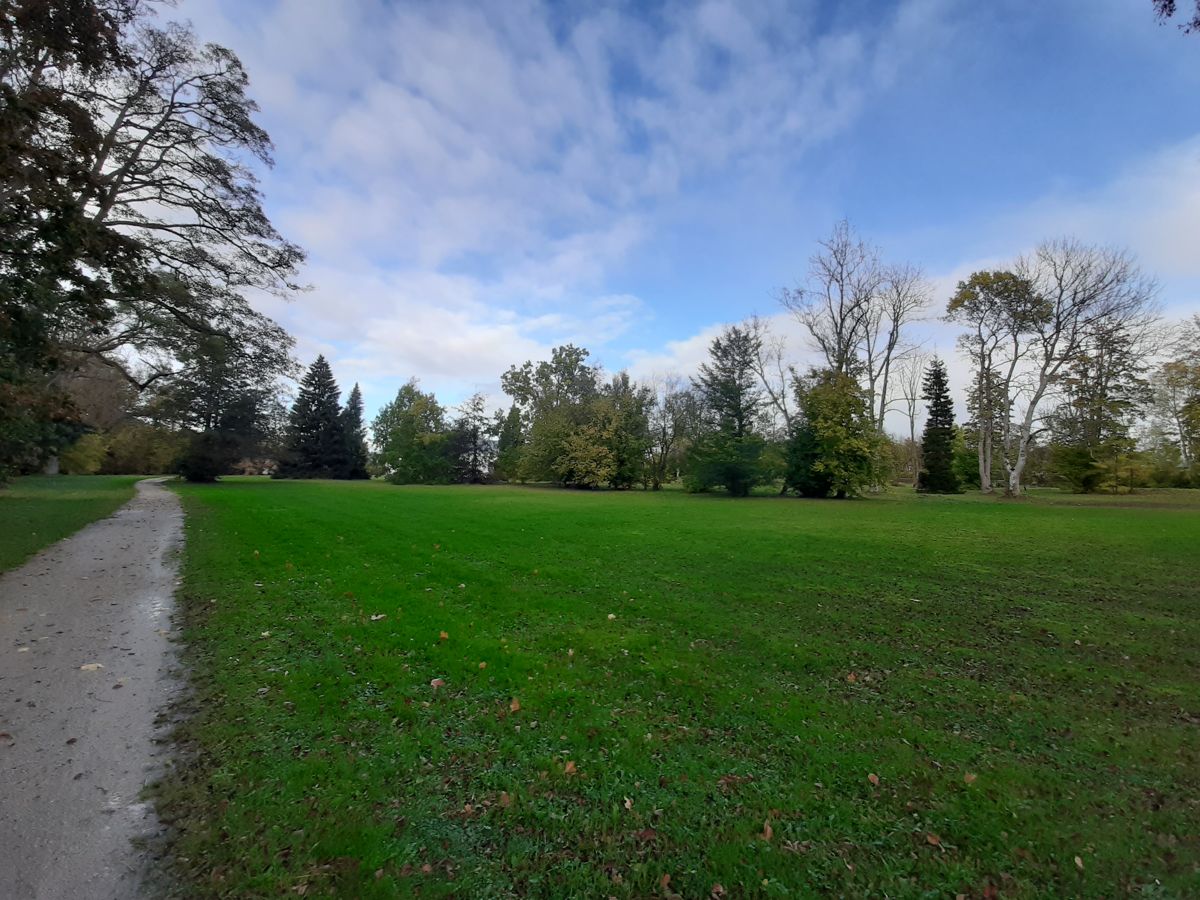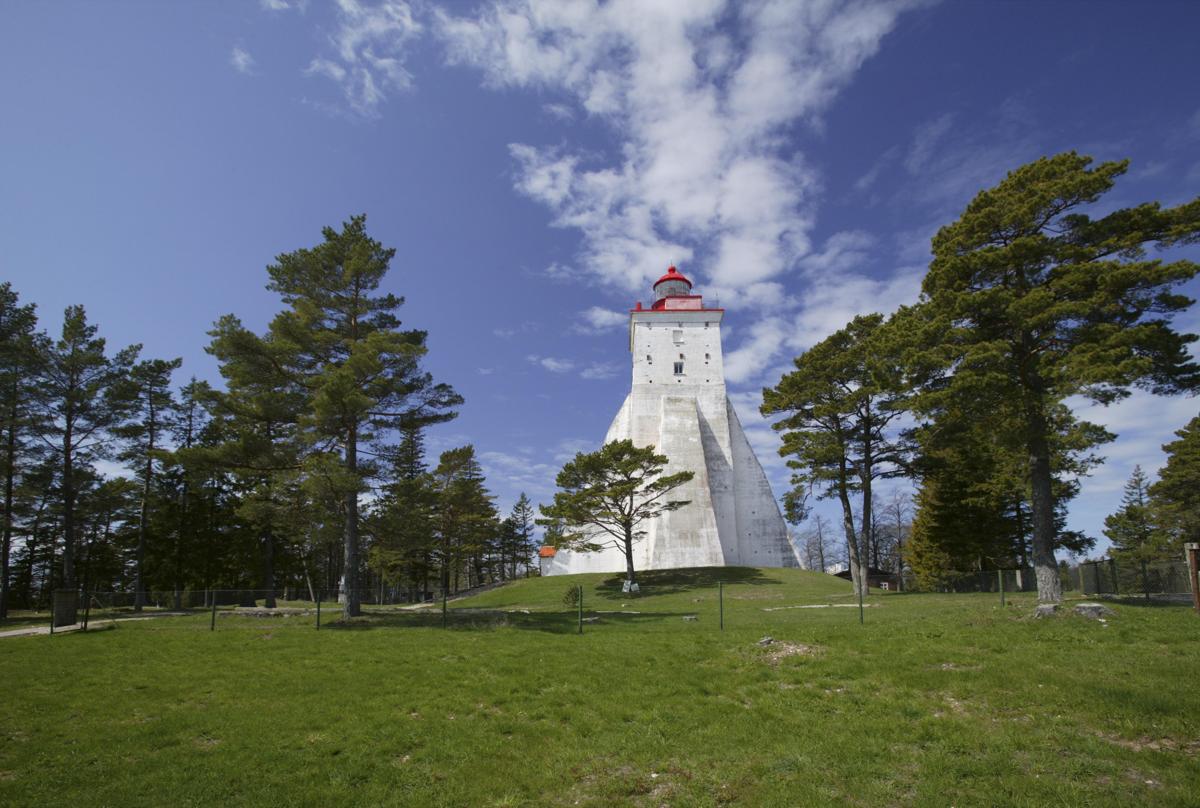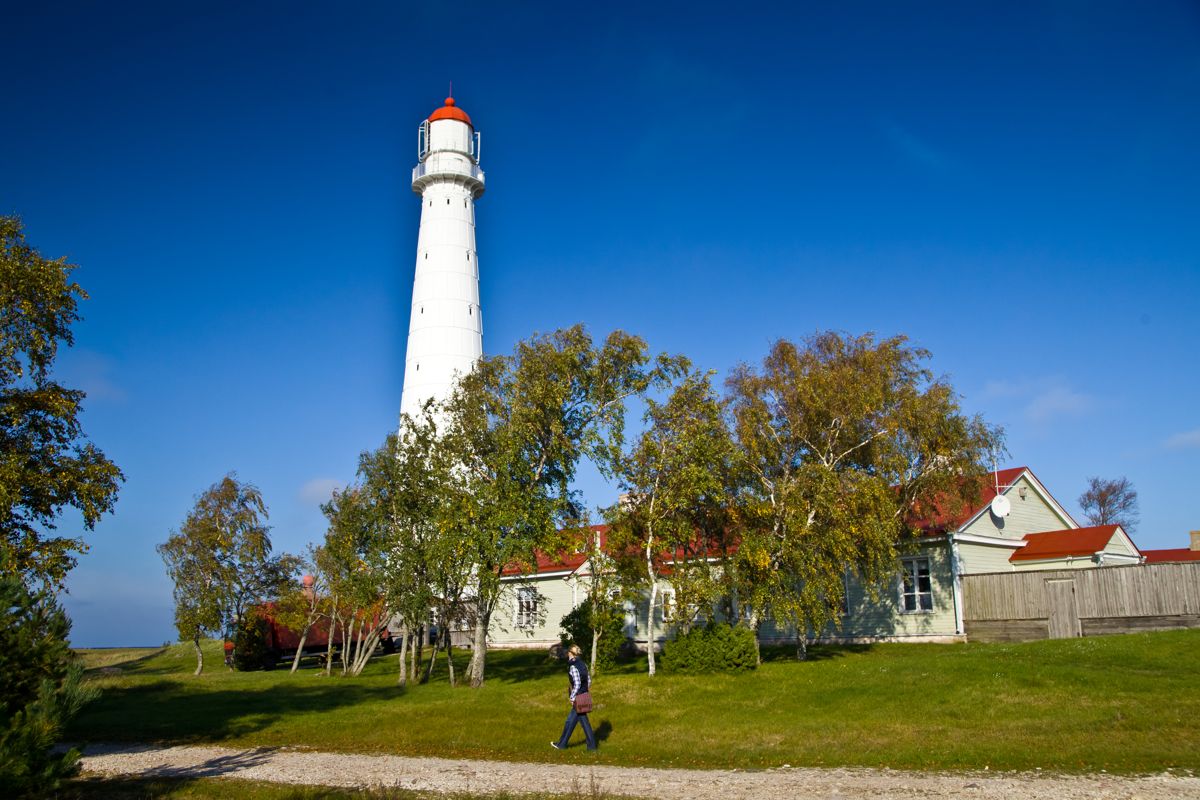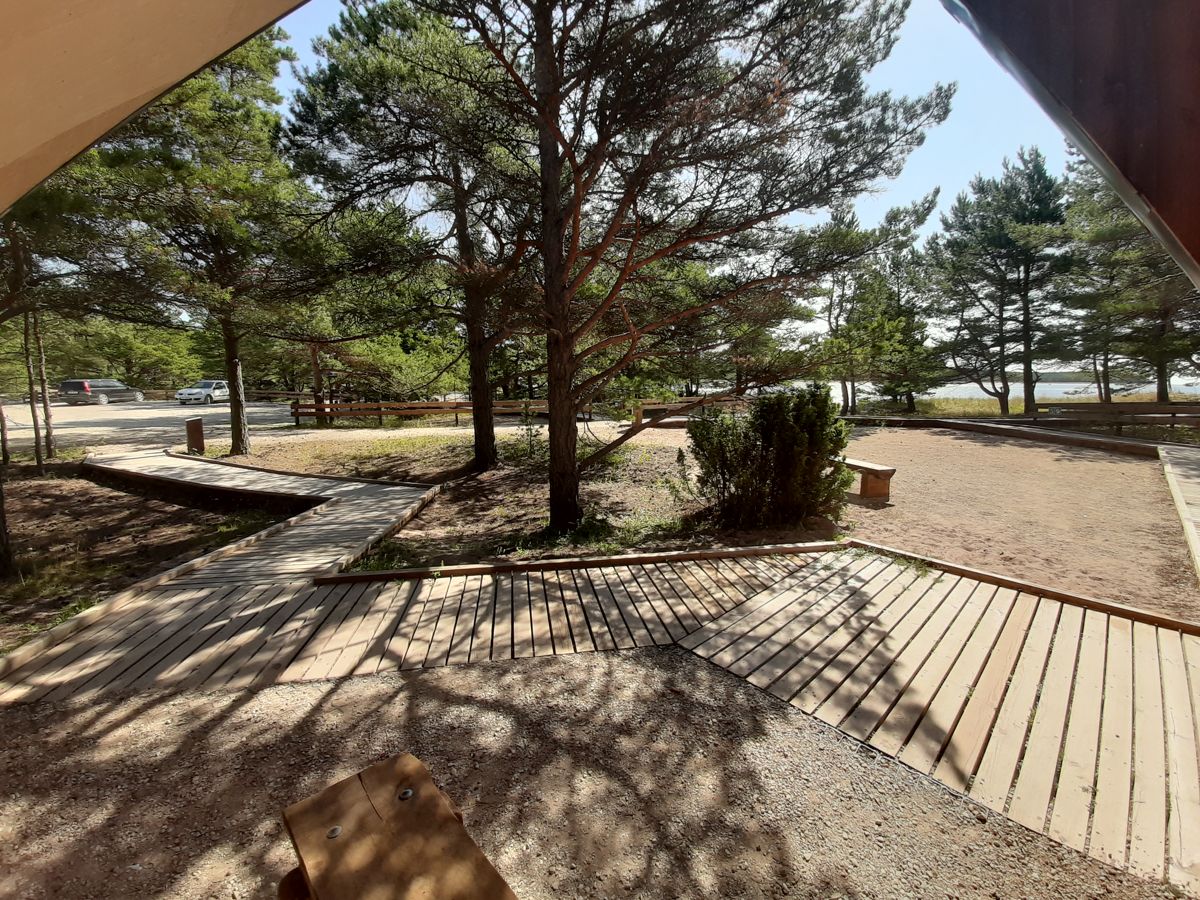- Home – English
- Nature trails in Kardla and nearby
Nature trails in Kardla and nearby
Nature trails
14. April 2021
All news
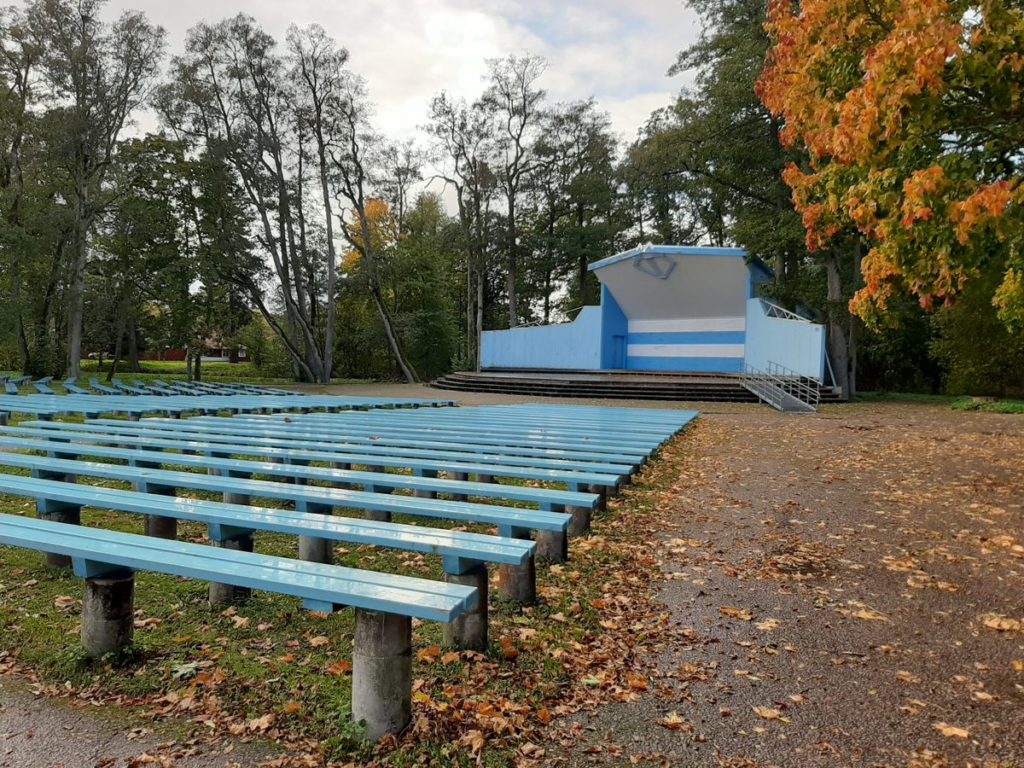
Hiiumaa, the second largest island in Estonia, offers endless opportunities for nature holidays. You will find quite many and different accessible trails and sites here. In Kärdla, the capital of Hiiumaa, you will find the City Park, which is about 5.2 ha in size and home to several interesting plant species. The main species of trees include the native black alder, common ash, maple, and linden, but there are also spruces, oaks, willow elms and bushes like hazel, hawthorn, lilac, and snowberry. The first part of the park was established already back in the 1860s, after Kärdla church was finished. Song festival grounds and a children’s playground are also located in the City Park.
The park is close to the beach; therefore, when visiting, it is recommended to walk to the nearby Kärdla beach and Factory Square, just a couple of hundred metres from the park. Kärdla’s Factory Square is one of the most important historical sites of the city. In 1830, Baron Ungern-Sternberg established a broad cloth factory in Kärdla. The Hiiumaa Museum is now located on the Factory Square. In one of the historical buildings, there is a summer café.
You can get a glimpse of Hiiumaa on a day trip, but it’s definitely worth staying longer to fully experience the island. A half an hour drive from Kärdla is Kõpu peninsula. Part of the peninsula is under protection as part of the Kõpu Nature Reserve. The peninsula is about 21 kilometres long and there are two lighthouses – Kõpu and Ristna – located there. Kõpu Lighthouse is one of the oldest lighthouses in the world, having been in continuous use since 1531. The lighthouse is open in the summer season, but one can go and admire it from the outside throughout the year. Although the lighthouse itself is not accessible to wheelchairs, it’s possible to admire it from the outside. In the summer season, there is also a wheelchair-accessible lighthouse café and a toilet.
If you have more time, you could also visit Tahkuna peninsula and Tahkuna Lighthouse on the way to Kõpu. You should spare at least an hour and a half for the visit. The cast iron structures of the Ristna and Tahkuna lighthouses were designed and manufactured by the world-famous engineer Gustave Eiffel and delivered from France. Fun fact: parts of the lighthouses were accidentally mixed up, so the less important Tahkuna tower is now much taller and more visible.
Not far from the Kõpu lighthouse is the RMK Kaleste campsite and study trail. Kaleste study trail runs in the immediate vicinity of the Kaleste campsite and is marked with wooden signs. The trail itself is 1.8 km long. Unfortunately, it is not pram- or wheelchair-accessible, but the campsite and the small loop (0.4 km) of the trail are accessible and allow you to enjoy a pleasant rest near the seaside. There are also other hiking trails on the Kärdla–Kõpu road, e.g. Luidja beach and camping site, RMK Rebastemäe hiking trail, RMK Neljateeristi hiking trail, which are all worth a visit. Unfortunately, these sites are not accessible by wheelchair. Only 10 minutes’ drive from Kaleste is the port of Kalana, which was built in the middle of the last century as a fishing port. The port offers amazing views and during the summer season, it’s quite busy, a restaurant is open, and concerts are held there. There is no marked trail, you can walk around the harbour, on the short beach promenade, and on the beach. On the 0.5 km long promenade is a playground for kids as well, so it’s a nice place for families with children.
6 Photos
Other news
All news
Mapeirons
A new – “Access Routes” project has started!
3. April 2024
In October 2023 the new ‘Access Routes” project partners met in Kurzeme for the first on-site kick-off meeting. The project is being carried out by…
Mapeirons
New Nature Trails’ Guidebook with 100 trails accessible to all and more than 300 other trails and nature sites!
16. September 2021
As part of the nature accessibility “NatAc” project the new Nature Trails’ Guidebook is ready! With 100 trails accessible to all and more than 300…
Mapeirons
Tactile & Braille cards
27. August 2021
To expand opportunities and help visually impaired to get to know nature trails and the animals and nature values there, by using other senses, Kurzeme…
